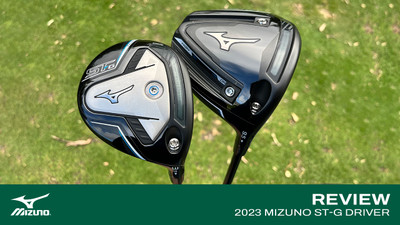Mizuno ST-G Driver 2023 - Review
Posted by Jamie Martin on 17th Oct 2023
The decision to make the new and unexpectedly fun Mizuno ST-G your driver is like choosing to grow a beard; it’s definitely not for everyone but if you can pull it off, why not?
The question of why you would need to play the ST-G driver, or grow a beard, is a good one.
Beards I can understand. The ones on bikies I find a little intimidating, but a coiffured chin curtain can conceal the fact your jaw line is neither square nor particularly manly, while also obscuring the multiple chins that inevitably emerge later in life.
I took me a little longer to understand the ST-G driver.
You see, the Mizuno ST-G driver is actually designed for golfers who could probably grow a thick, flourishing beard inside a day while possessing a jaw and chin line to rival David Coulthard.
On that basis I’ll readily admit I shouldn’t really be in the ST-G’s playing demographic; it takes me about a week to grow a passable beard while my chin would be Mount Kosciusko in comparison to Coulthard’s Everest.
The ST-G is a niche driver that will function best with high swing speeds. But it did wind back the clock for me, for a few different reasons.
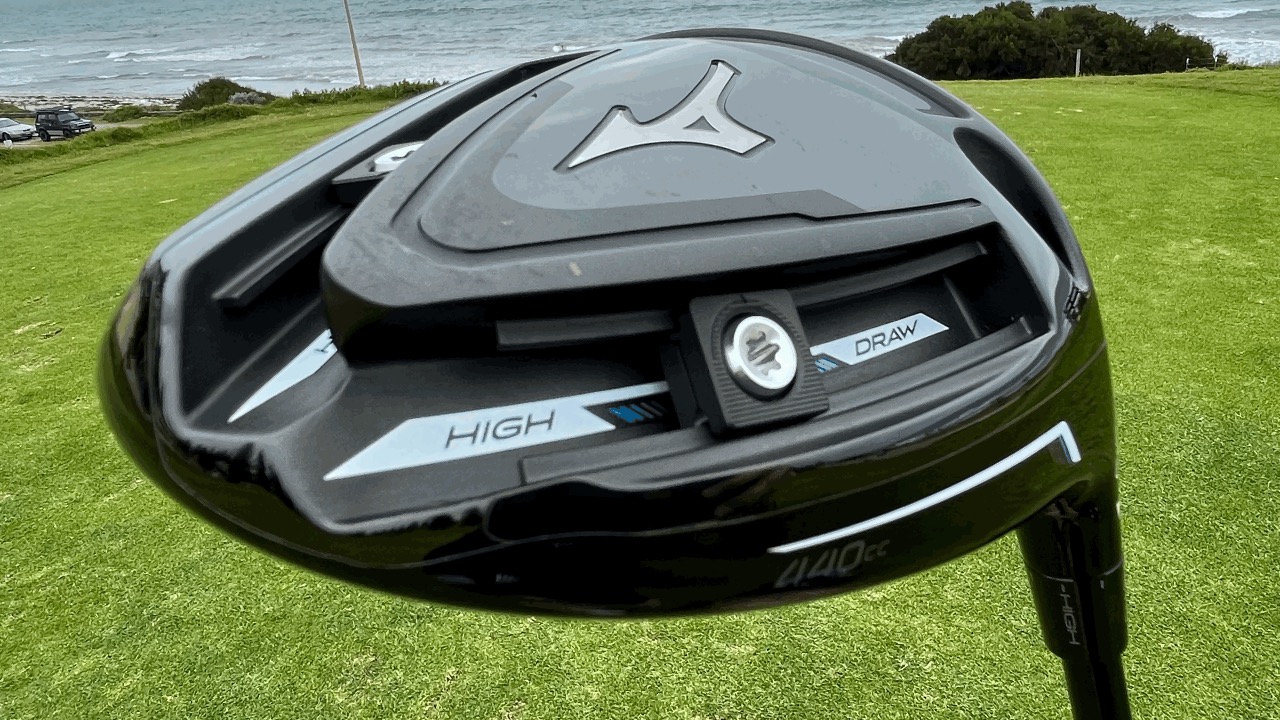
FIRST IMPRESSIONS
It’s hard to believe the Mizuno ST-G is one of only a few drivers to still offer a sliding weight system on the sole.
Not that long ago, if you wanted to be taken seriously as a golfer you’d be playing a fully adjustable driver and carrying a wrench in your pocket, tinkering with the sliding weights with the precision of an orthodontist tightening a sweaty teen’s new braces.
Looking at the ST-G’s sole made me feel almost a decade younger; it reminded me of the mid-2010s, although my recollection of that era is particularly hazy due to a pervading mind fog associated with raising young kids (apparently it was the peak of the Harlem Shake craze; in hindsight I count my blessings for my sleep-deprived amnesia).
The ST-G features a dual-tracked sole — one fewer than the previous ST-G 220 model — but the twin tracks almost converge to a point near the rear of the sole, the very spot where the third track previously lived.
Like any driver, the sole is clearly the shopfront but what was noticeable was the incredibly deep face of the ST-G driver.
It exacerbated its already compact head (440cc) and made it look starkly different from the lower-profile, tear-shaped drivers that mainly abound today.
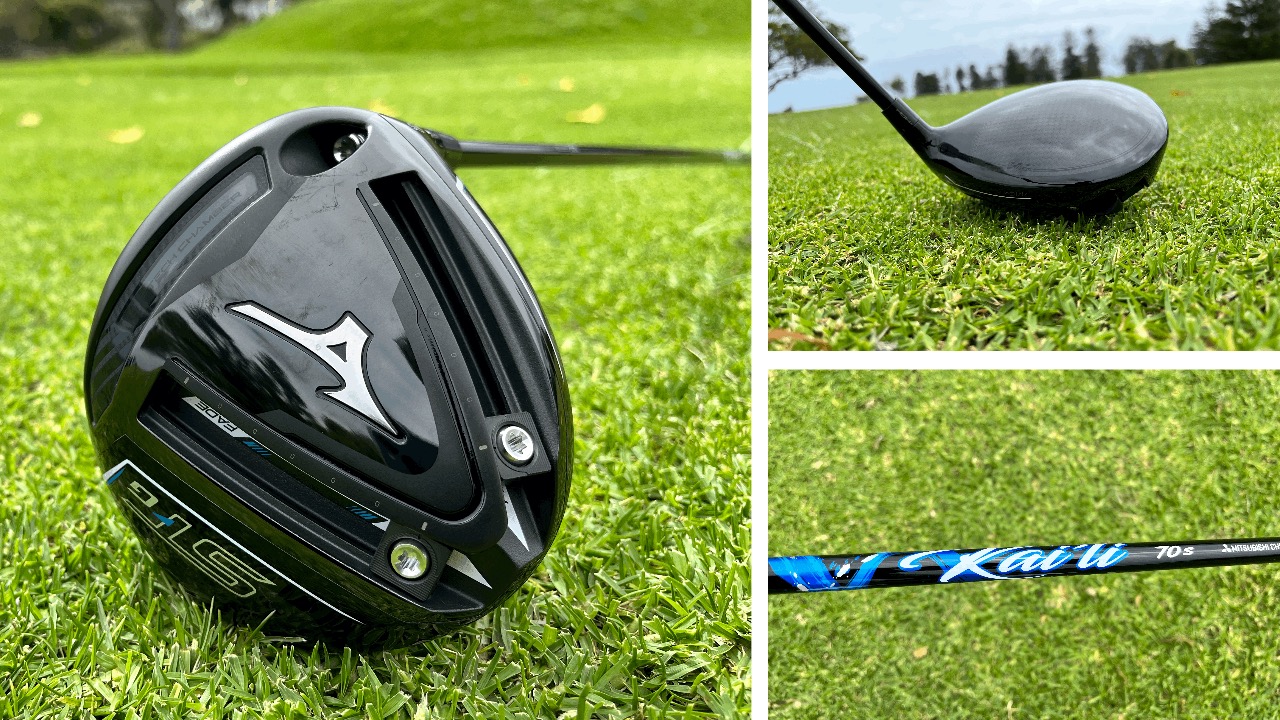
HOW IT PERFORMED
Low-spin drivers like the ST-G have to overcome some significant hurdles to work their magic.
Firstly, weight needs to be shifted towards the face, which is fine except it means the driver becomes about as forgiving as a Twitter pile-on.
So it was with some trepidation that I nudged the ST-G’s sole weights as far forward as they’d go to unleash the golfing equivalent of a rabid Pitbull.
There was a lingering feeling that if I wasn’t careful, it was only a matter of time before the ST-G turned around and bit me; and its compact and muscular head shape only seemed to amplify the potential for chaos.
It wasn’t a total shock to see a piercingly-low ball flight flow from the face of the 9.5° model I was testing.
Rather more shocking was a particularly low bullet that screamed off the face and turned out to be one of the longest drives I’d hit for years, reminding me how lithe I once was back in the mid 2010s.
The ST-G clearly had some serious speed but it wasn’t all birdies, eagles and high fives.
Catching the ball a little high on the face resulted in some seriously weird drives; it was the bite I was expecting from the ST-G when straying too far from the centre, although I will say its bark still sounded pretty sweet wherever you hit it on the face.
I came to appreciate that the ST-G can operate in a slightly more sedate manner, as long as you push the weights back as far as they can go.
But thinking the ST-G will offer an extreme level of forgiveness in its most sympathetic configuration is like believing all Collingwood supporters are upright citizens with an honourable moral code (although shout out to captain Darcy Moore, who is leading from the front to change that perception).
Rather than a rabid Pitbull, the driver became more like an irritable Alsatian trying to remain patient; there seemed to be marginally more spin and increased forgiveness from lower strikes.
However, the ball flight didn’t seem to launch much higher while offsetting the sliding weights to introduce a fade or draw bias didn’t have as great an effect as other drivers I have tested — which I put down to my swing speed and spin rate not landing in the shaded triangle of the Venn diagram of ST-G performance.
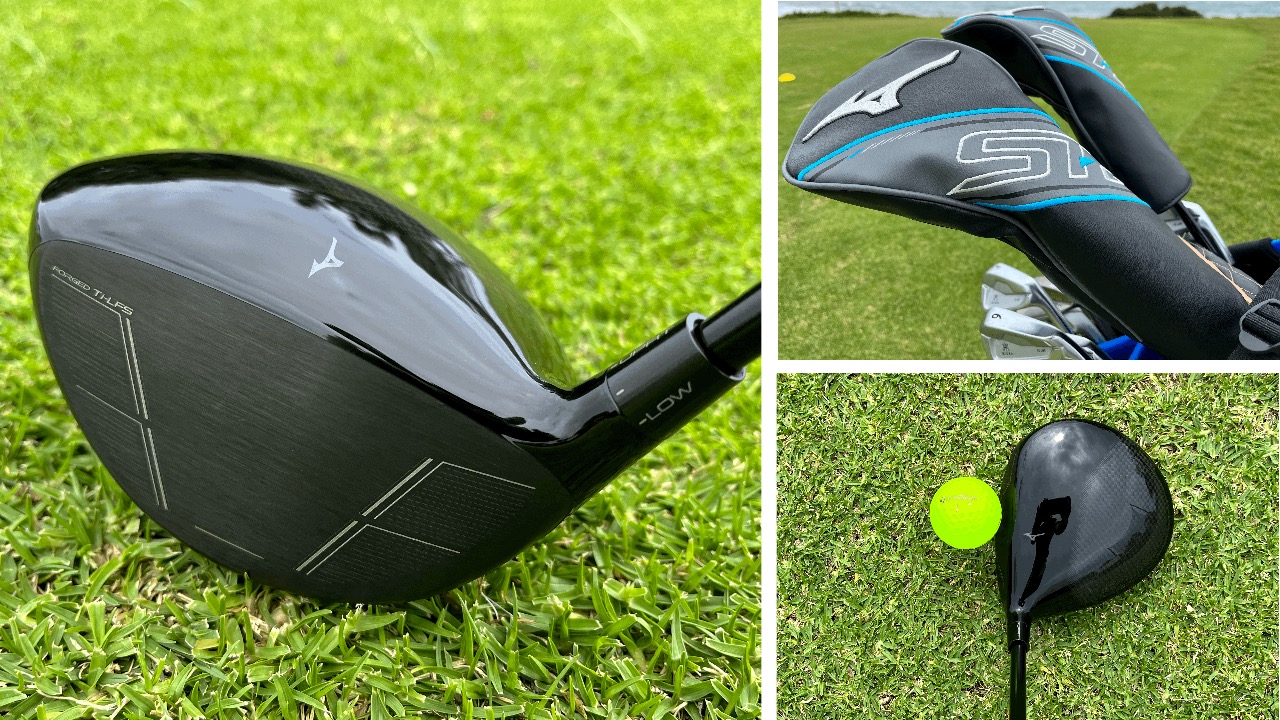
THE FINAL WORD
As one of the few fully adjustable weight tracked drivers remaining, the ST-G could be mistaken as the Steven Bradbury of the category — swooping in for the gold medal after everyone else has fallen.
Fully adjustable clubs like the ST-G driver often have to make tricky compromises.
Structures to support multiple tracks add weight to the head and introduce complexity into the design. While the benefit of being able to tweak a ball flight is an obvious selling point, it often needs to be balanced against any speed and forgiveness gains that could be achieved without it.
It goes some way to explaining why there has been a trend away from fully adjustable drivers in recent seasons, as pure speed and forgiveness trump adjustability.
But after testing the Mizuno ST-G driver, I reckon there’s still plenty of life left in the concept.
On paper the ST-G shouldn’t have made much sense to me: it’s a niche, low-spinning club designed to suit only a small segment of high swing speed golfers.
But it was a heap of fun to play around with.
I kind of liked the punchy, low, ball flight and skittish feel the ST-G driver provided when the sole weights were pushed forward.
And tinkering around with the weights was nostalgic fun even though it didn’t have as much of an effect on performance as I assumed it might.
The ST-G driver won’t be for everyone but in a sea of sameness, it is a unique driver.
And that might be enough to convince some golfers to consider it when searching for a low spin driver.
Mizuno have long been making irons that lead from the front, but the challenge has been to transfer that enthusiasm into their drivers and fairway woods.
The price is around the mark of other low spin drivers that don’t offer the full weight adjustability of the ST-G.
And on a side note, the accompanying ST-G titanium fairway wood (three wood, pictured below) was also a beast.
It produced low-flying arrows and near driver-like distance but it has a price tag that reflects the cost of titanium.
But if your jaw and chin is macho enough, Mizuno's ST-G driver and titanium fairway wood might offer the solution you've been looking for.
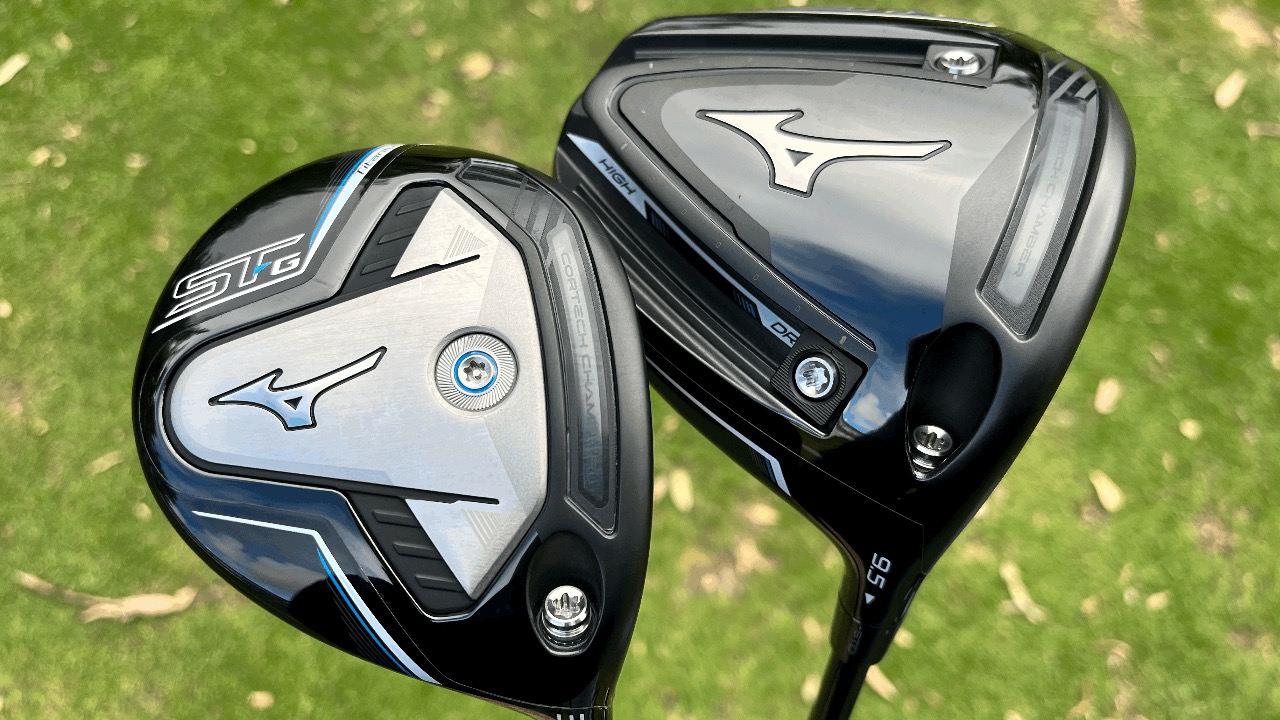
THE VERDICT
HIGH FIVES
• Will perform well for players with high swing speeds
• Punchy feel and sweet impact sound
• Fully adjustable driver offers something different
• Penetrating ball flight was impressive
BUMMERS
• Low spin characteristics won’t suit everyone
• Light on forgiveness, even with weights shifted fully back

|
Written by Jamie Martin Jamie Martin is currently locked in a battle to keep his handicap hovering around the mid-single digits. Despite his obvious short-game shortcomings, Jamie enjoys playing and writing about every aspect of golf and is often seen making practice swings in a mirror. |

